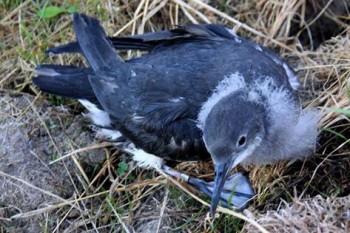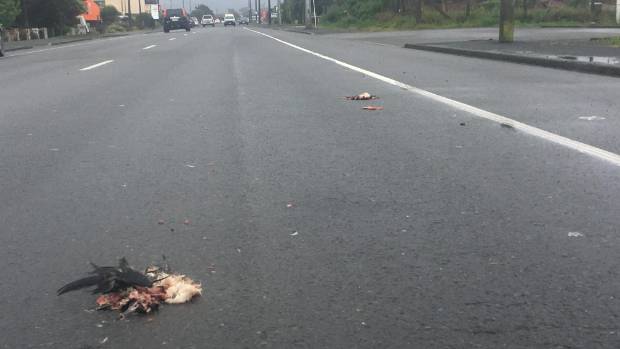Lorna Deppe (School of Biological Sciences, University of Canterbury, Christchurch, New Zealand) and colleagues have published in the journal Notornis on levels of fallout under artificial lighting of the globally Endangered (and nationally Vulnerable) Hutton’s Shearwater Puffinus huttoni, a species endemic to New Zealand
The paper’s abstract follows:
“The risk of disorientation by artificial lights and subsequent ‘fallout’ has become a widely recognised issue for nocturnal procellariiform species. Using data from community-based rescue campaigns and systematic research, we assessed the characteristics of fallout events observed in fledglings of the threatened New Zealand endemic Hutton’s shearwater (Puffinus huttoni) or Kaikōura tītī. Despite strong annual variation in observed fallout numbers, the proportion of annually produced fledglings collected as ‘fallout birds’ remained below 1% each year. Among those, more than 80% survived due to community rescue efforts. Fallout was found to increase significantly during new moon, while weather effects remained inconclusive. Most fallout occurred within brightly lit areas of Kaikōura township, particularly along its coastal roads. High light source densities and high wattage lights appeared to be influential in some areas but could only partly explain the spatial distribution of fallout at this small scale.”

Hutton's Shearwater fledgling: at risk to fallout

Fallout of Hutton's Shearwaters can lead to mortality on Kaikoura's roads
Photographs courtesy of the Hutton's Shearwater Charitable Trust
With thanks to Lorna Deppe.
Reference:
Deppe, L., Rowley, O., Rowe, L.K., Shi, N., McArthur, N., Gooday, O. & Goldstien, S.J. 2017. Investigation of fallout events in Hutton’s shearwaters (Puffinus huttoni) associated with artificial lighting. Notornis 64: 181-191.
John Cooper, ACAP Information Officer, 06 December 2017

 English
English  Français
Français  Español
Español